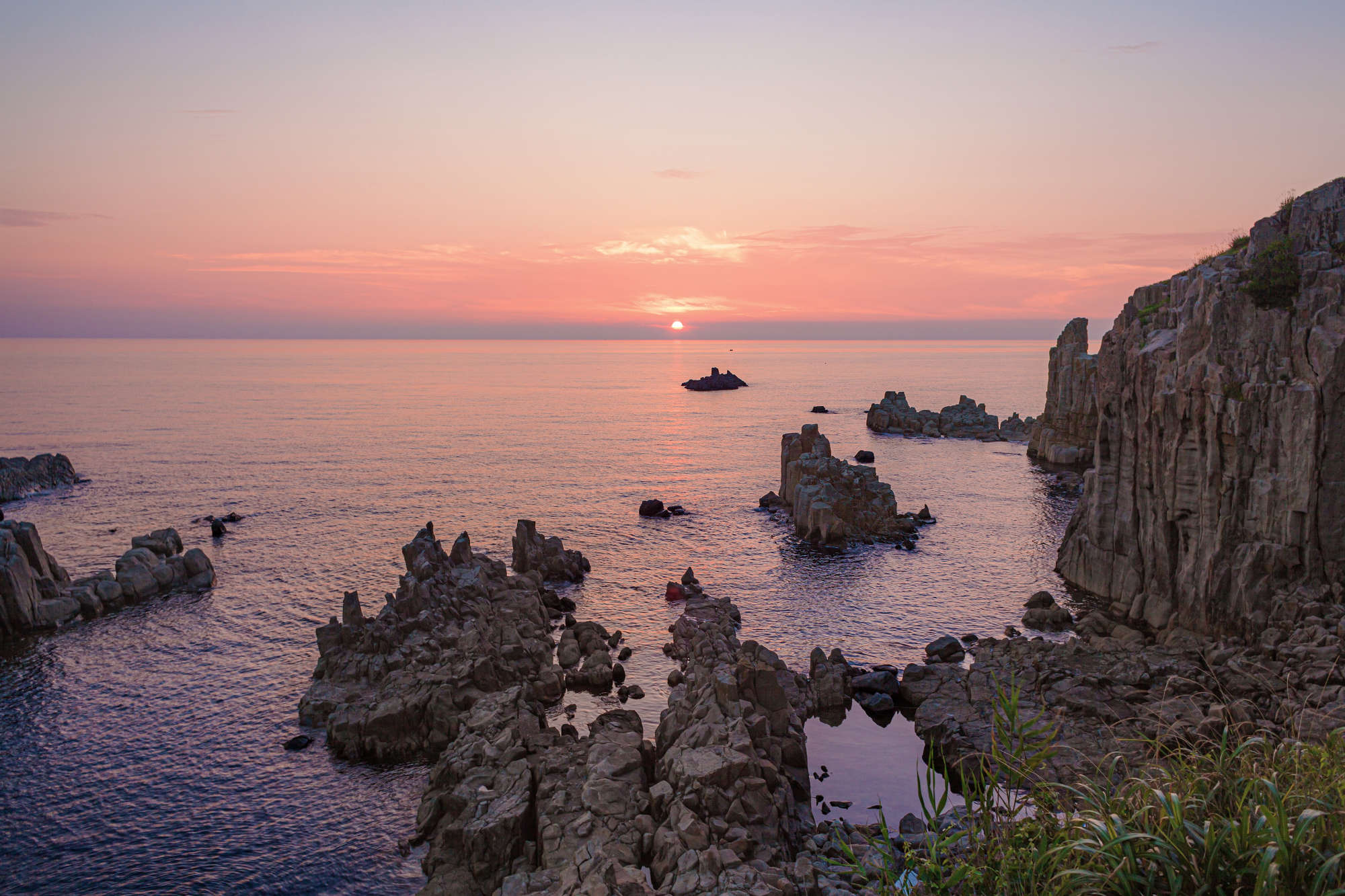
Fukui Prefecture, nestled in the Hokuriku region of Japan, will soon be a short train ride away from Tokyo with the new opening of the Hokuriku Shinkansen extension next month. The prefecture has an abundance of beautiful sights to see year round. From a museum all about ancient dinosaurs, to a secluded island accessed only by a bridge, Fukui Prefecture has everything you need for a fulfilling trip. Let’s take a look at some things you can do in the dinosaur prefecture!
Fukui Prefectural Dinosaur Museum
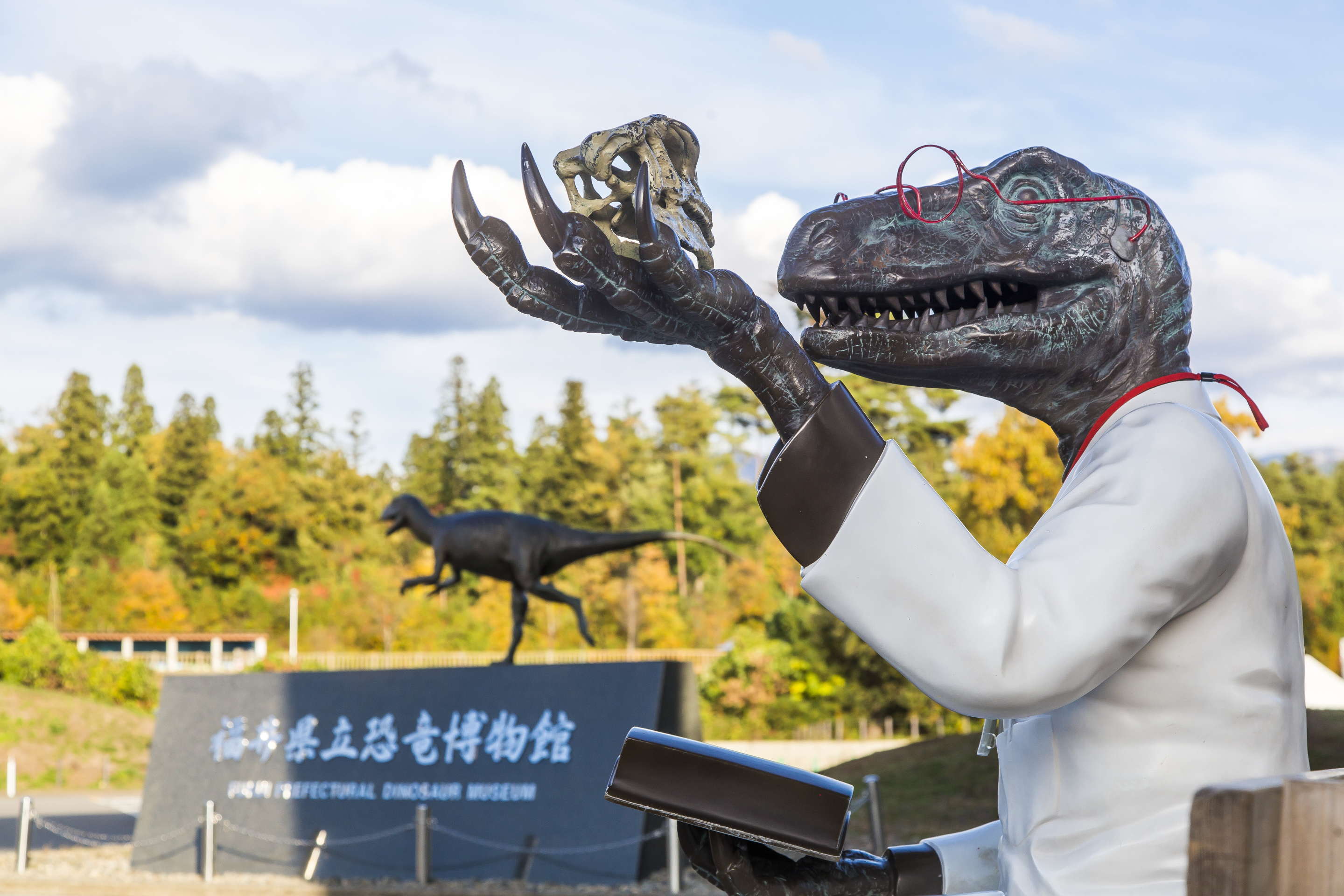
When you think of Japan, you probably aren’t thinking about prehistoric dinosaurs wandering around your surroundings millions of years ago. But surprisingly, this area of Japan is famous for dinosaur discoveries! Notable fossil excavations include the Fukuisaurus and the Fukuiraptor. With skeletons and fossils abound, this museum is a treasure trove of palaeontology, and will make anyone who visits a fan of dinosaurs once they leave.
The museum is composed of three separate floors and has multiple exhibitions. The main entrance has a massive, more than 7 metre tall T-Rex animatronic, if you ever wanted to see what it was like to live amongst the dinosaurs, this is the place. Between Earth Sciences, Dinosaur World, and The History of Earth, there is more than enough to keep you occupied during a visit. 50 dinosaur skeletons can be found in Dinosaur World’s ‘Dinosaur Hall’, rocks that show the composition of the Earth can be explored in Earth Sciences, and the timeline of the origin of life, dating back billions of years to the present day can be experienced in The History of Earth.
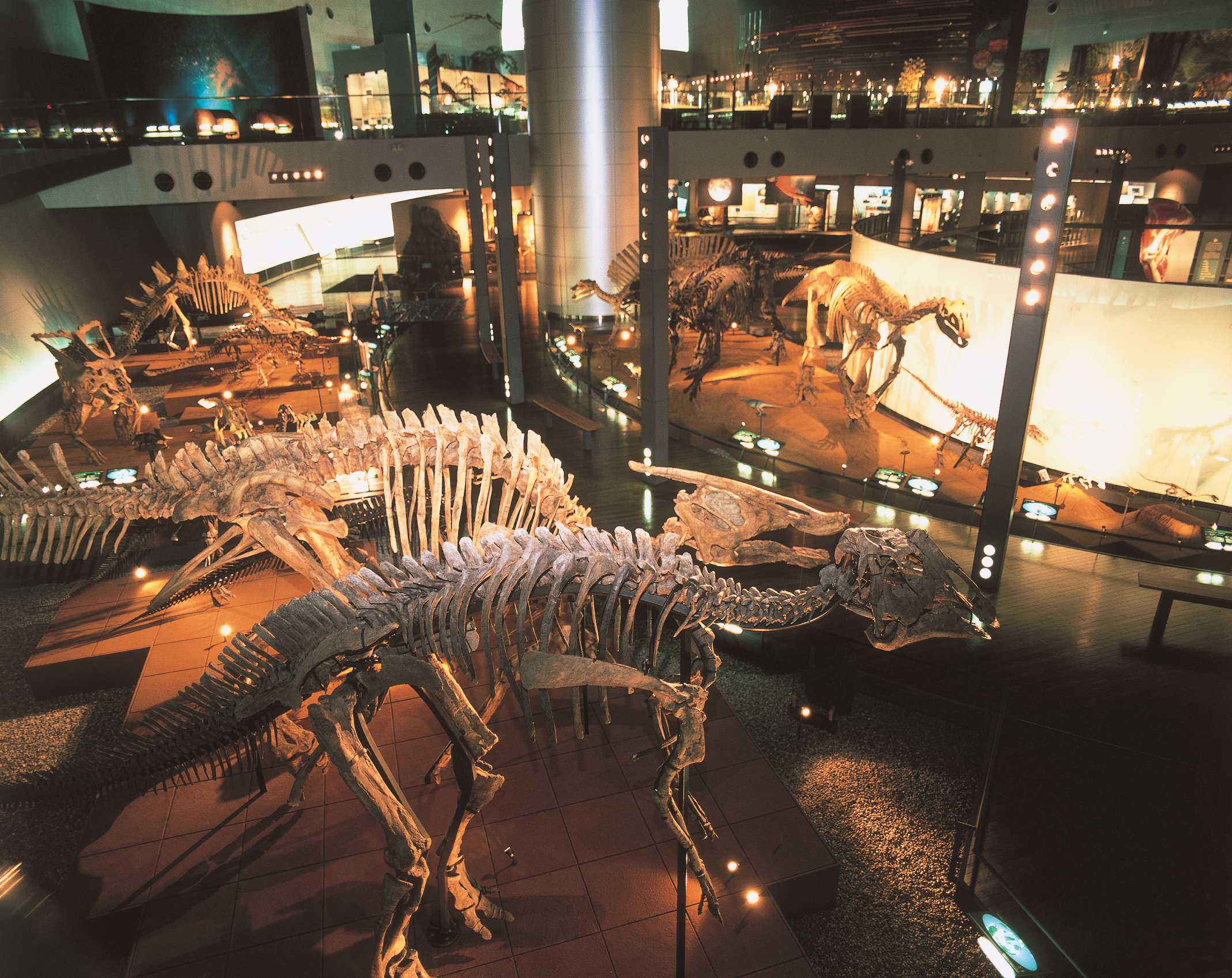
Also, be sure not to forget the dinosaur themed restaurant housed within the museum, a perfect way to end a prehistoric trip.
Tojinbo Cliffs
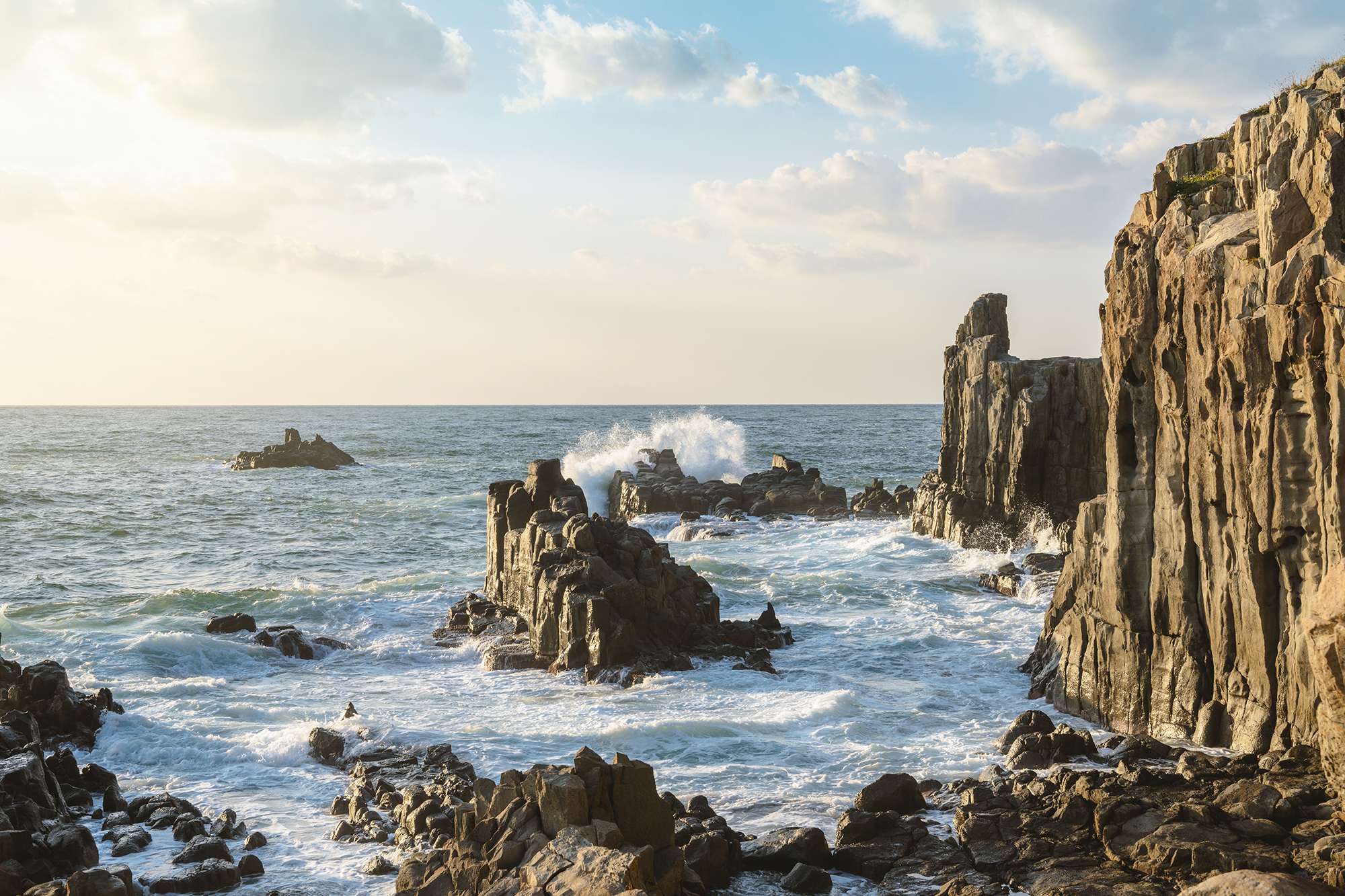
Heading to the coast of the prefecture, in the Echizen Kagakaigan Quasi National Park, the area known as the Tojinbo Cliffs is famous for its striking rock formations and beautiful views of the Sea of Japan. The cliffs are composed of a rare columlike variety of rock, more than 10 million years old, that add an even more uniquely geometric look to the oceanside views. While the rocks only make up around 1km of the coastline, their incredibly unique formation and features make for amazing pictures and a relaxing way to enjoy Japan’s nature and the beauty of erosion.
You can get some even more unique views of the rock by using a ferry service available in the area. It will take you throughout the coastal waters, giving you the opposite perspective of all the formations. If you become hungry or keen for a little bit of shopping, you can head to the nearby shopping streets to snack on local cuisine and delicacies. There is even a viewpoint entitled ‘Tojinbo Tower’ that gives evermore expansive views of the surrounding areas, including some other peak spots in the prefecture to visit!
Oshima Island
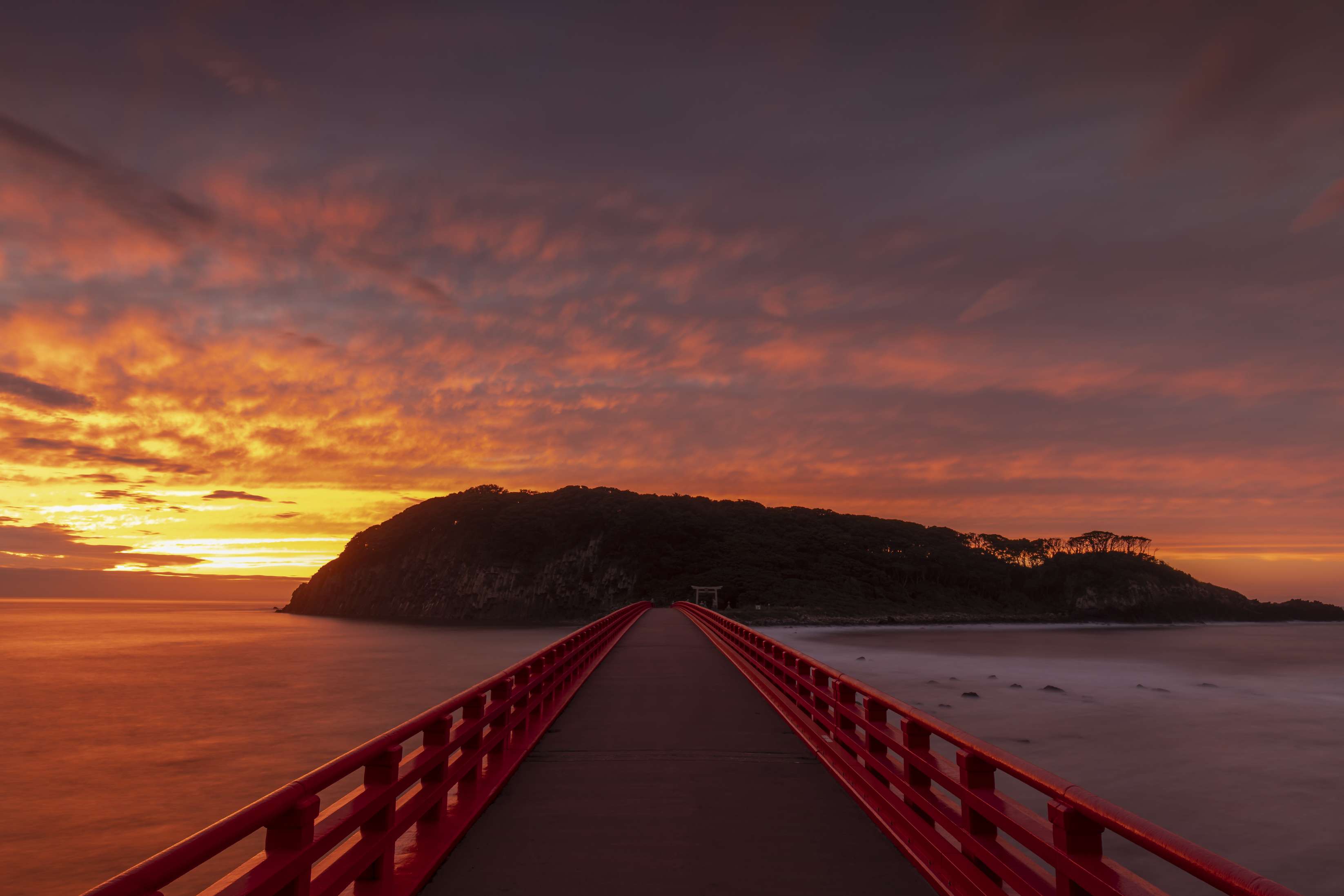
Situated near the stunning Tojinbo Cliffs, the island of Oshima is connected to the mainland by a beautiful pedestrian bridge. Similar to some of the islands in the famous Matsushima area of Miyagi Prefecture in Tohoku, you cross the bridge (which is more than 200 metres long!) and then wander around the island, climbing some stairs to reach a small shrine, or just enjoying the island’s forest by walking around. Named Ominato Shrine, it was founded to provide safety and guidance to those travelling out to sea. At only 2km in circumference, you can take your time as you walk around the enchanting island. A peaceful piece of nature, there are few things better than a relaxing stroll on Oshima Island.
Ichijodani Asakura Clan Ruins
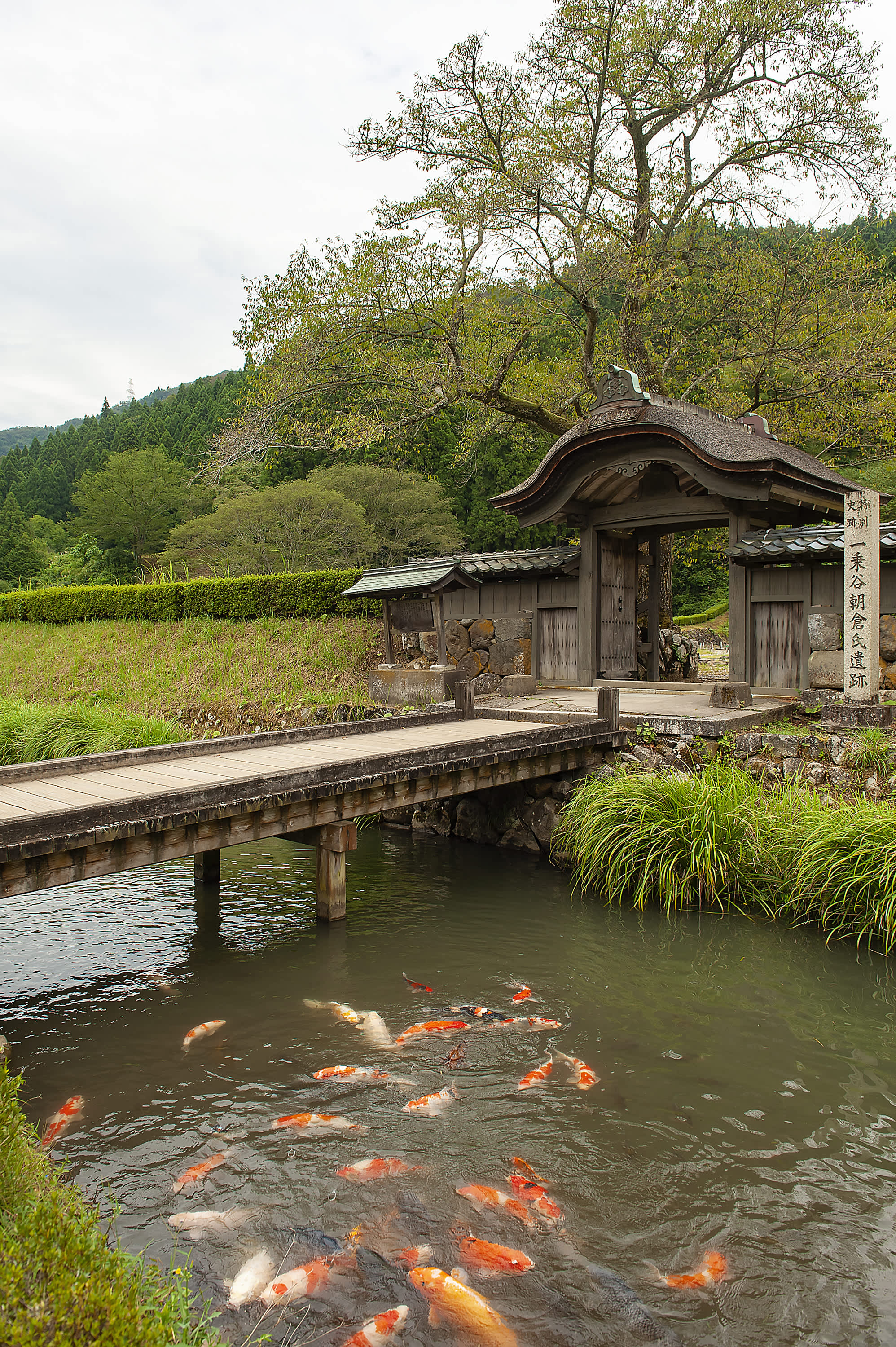
Another fascinating piece of history that one can visit in Fukui Prefecture are the Ichijodani Asakura Clan Ruins. Dating back to the Warring States Period, also known as the Sengoku Period, a fitting name for the time in Japan where there were multiple conflicts and political strife throughout the country. The Asakura Clan Ruins are one of the largest remnants of a castle town in the country, being controlled by the Asakura Clan for more than 100 years before it met its end at the hand of the famous daimyo Oda Nobunaga. Within the castle town, you can explore various stone foundations and pathways that people walked hundreds of years ago, including a reconstructed section of the town that you can peruse to get a feeling of life during the Japan of old.
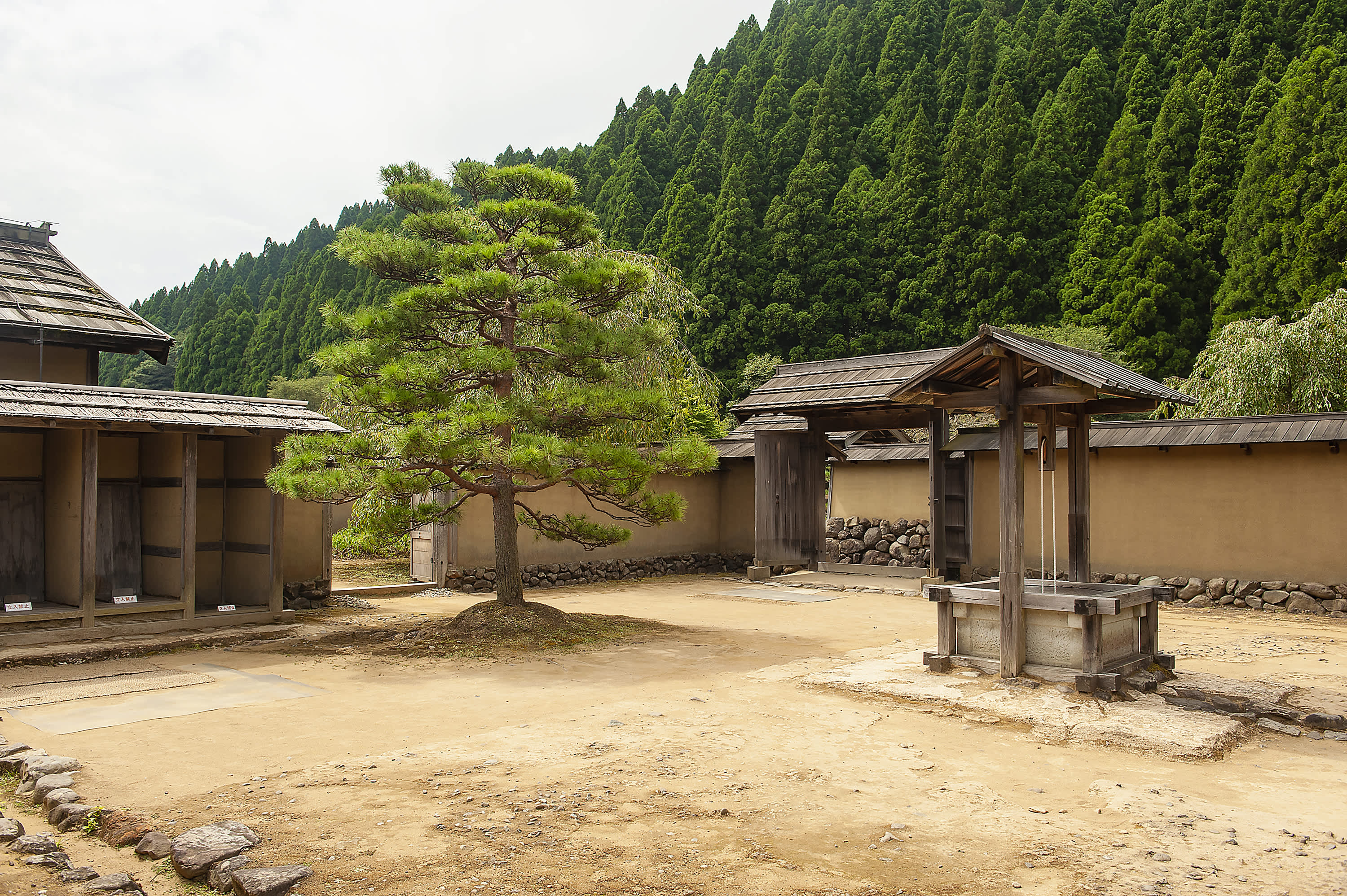
Excavations of the area began in the 1960s, discovering abundant historical artefacts and other treasures. Springtime is a wonderful time to visit the ruins. With multiple gardens around the area discovered during excavation, you can see the blooming sakura and other flowers, while walking the historical streets.
Tsuruga City
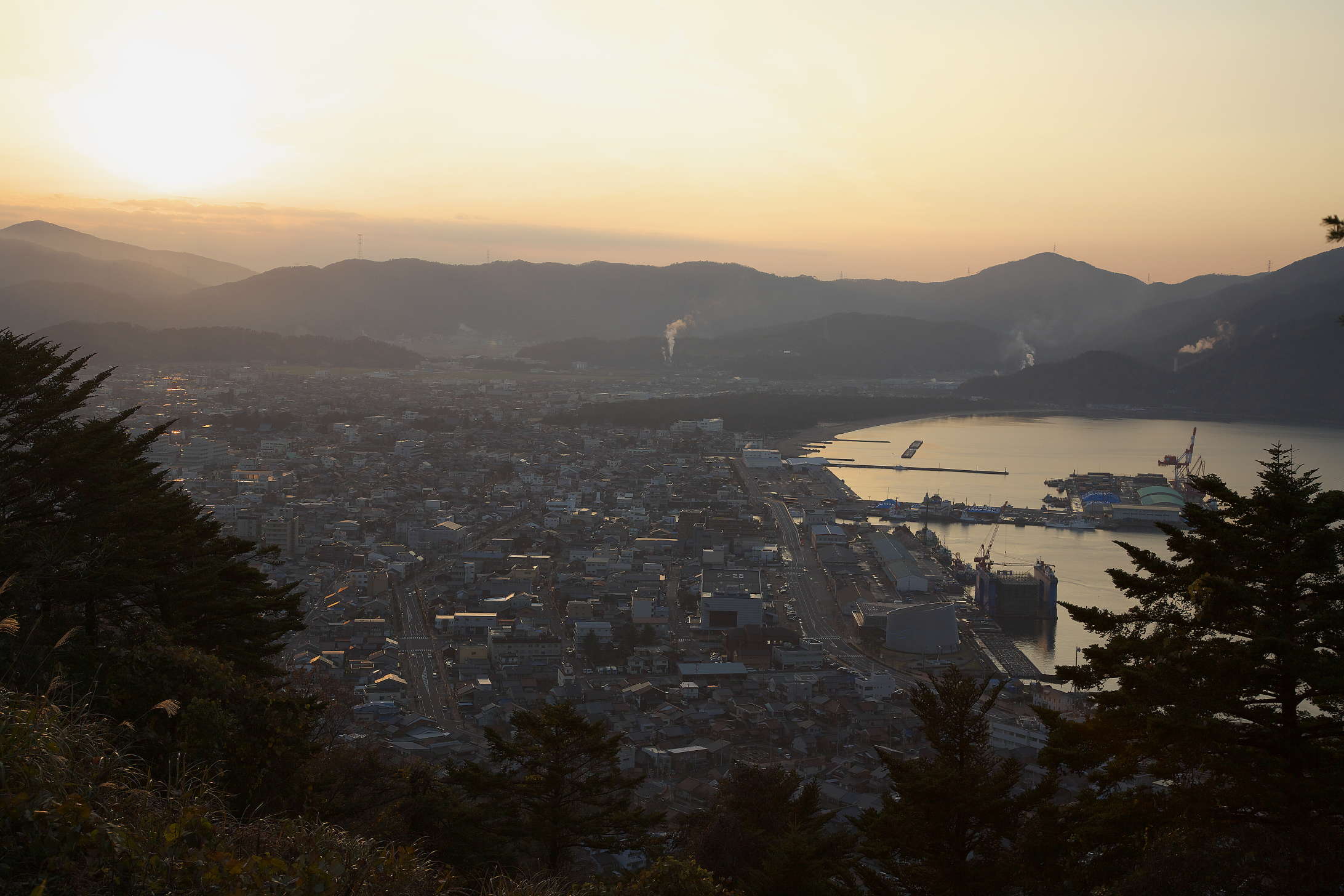
The endpoint of the new shinkansen extension, a visit to Fukui Prefecture is not complete without a visit to lovely Tsuruga. Within the city, there is an abundance of fantastic experiences and sights that you can enjoy. Nature is abundant in the area, you can explore the thousands of pine trees that make up Kehi-no-Matsubara, right near the beach on Tsuruga Bay. Access to the bay has made Tsuruga a historically important port town, with various buildings within the city, such as its Red Brick Storehouse, indicative of that history. With many museums in the city, ranging from the Port of Humanity Tsuruga Museum that documents important events in Tsuruga’s history, to the Minato Tsuruga Yama Museum, which chronicles the famous Tsuruga Festival and its yama floats. You can visit the Tateishi Cape Lighthouse, located on the edge of the well named Tsuruga Peninsula, which would guide ships and others into the port. Don’t forget to also put Saifukuji Temple on your list, this temple dates back to the 14th century, and is famous for its seasonal sights, from spring cherry blossoms to fall colours!
Heisenji Hakusan Shrine
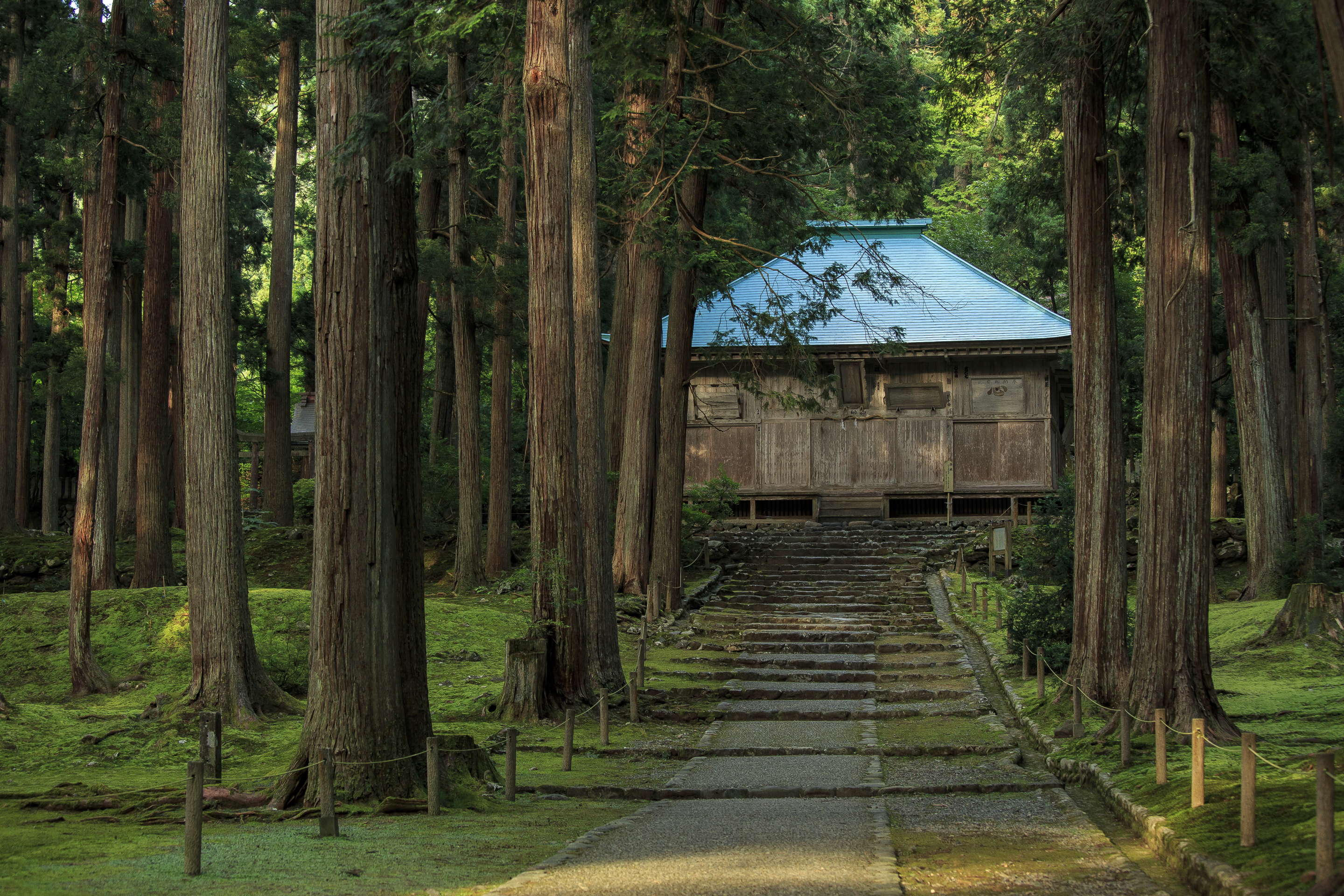
We end our journey through Fukui Prefecture with a secluded, yet mystical shrine near the sacred Mt. Haku. Around 1300 years ago, the shrine was founded in and amongst sprawling and high growth cedar trees. Walking around the moss covered grounds will evoke the image of thousand years ago pilgrims, on their way to Mt. Haku. Famous for being an example of a religious institution pre-split of Buddhism and Shintoism. The name of the shrine ends in -ji, which traditionally signifies a temple, think of ones like Todaiji and Sensoji, however it is a shinto shrine. It is very much a place in which time should be taken to explore, with the large grounds giving you ample space to take in all the scenery and atmosphere.

The shrine has undergone multiple reconstructions and destructions, but still stands, 13 centuries later. If you are interested in viewing a once in a multi-decade sight, the doors of the main shrine building, called the ‘honsha’ are opened to the public every 33 years, with the next opening slated to be in 2025! The shrine can be accessed by taking a train to Katsuyama station, followed by a short bus or taxi ride. If you are keen to enjoy the local surroundings, you can also take a leisurely walk of around an hour and a half through Katsuyama City.
Fukui is a hallmark of the Hokuriku region. It offers a huge amount of, and an expansive variety of things to do and sights to see. Make sure to take your time when you come to visit, and with the new shinkansen extension, it will be even easier to reach the Hokuriku area. No matter the season, you’ll love your time in Fukui!
To stay up to date with all the latest happenings in Japan follow us on Facebook or Instagram!

















































